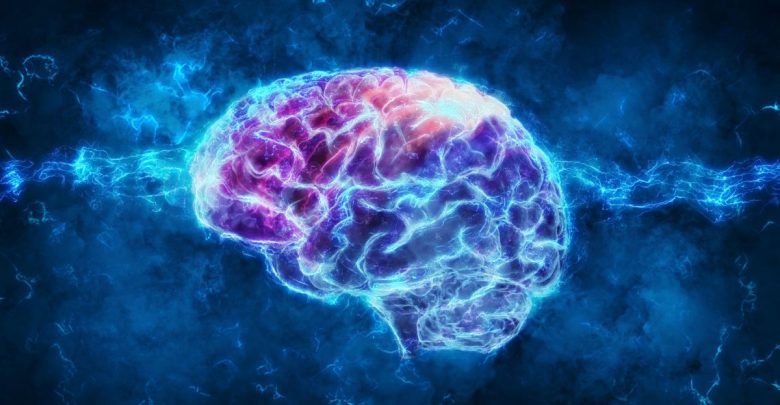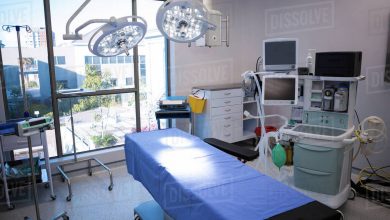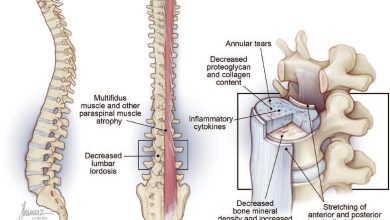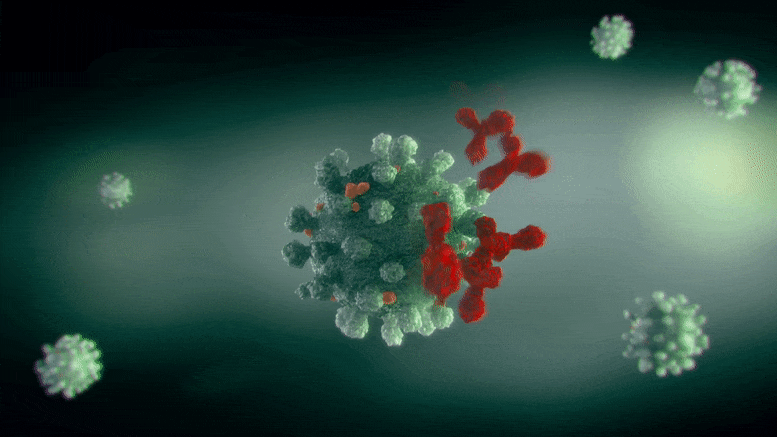
Anyone who has ever experienced the nightmare of having a loved one in a coma knows how excruciatingly painful it can be. The person you love is still here but completely unable to communicate.
New research out of the University of California, Los Angeles (UCLA) is bringing new hope for the recovery of coma patients. The research led by Martin Monti was first successful at waking up a patient back in 2016.
For the study, the doctors used a saucer-like device to aim ultrasonic pulses at specific areas of the brain. In this case, the researchers targeted the thalamus, a structure deep in the brain that acts as a hub to relay sensory information to other parts of the brain. They targeted this region because its performance is typically weakened after a coma, the researchers said.

The three patients in the study underwent two 10-minute sessions with the device, one week apart.
One of the patients was a 56-year-old man who had been in a minimally conscious state for 14 months after having a stroke. After the ultrasound treatment, the man showed that he could consistently respond to commands such as dropping a ball or looking toward photos of his relatives when he heard their names. He could also nod his head for “yes” and shake his head to mean “no” when asked questions about himself. And for the first time since his stroke, he could use a pen and paper and put a bottle to his mouth. However, the man regressed to his minimally conscious state after a few months.
At the time, however, Monti believed he may have gotten a “little lucky.” Now, Monti and his team have achieved the same result with two patients in long-term “minimally conscious state.”
“I consider this new result much more significant because these chronic patients were much less likely to recover spontaneously than the acute patient we treated in 2016 — and any recovery typically occurs slowly over several months and more typically years, not over days and weeks, as we show,” said Monti, a UCLA professor of psychology and neurosurgery and co-senior author of the new paper.
“It’s very unlikely that our findings are simply due to spontaneous recovery.”
The treatment consists of a technique called low-intensity focused ultrasound. Ultrasound has been used in everything from preventing dementia to eradicating cancer cells. This new approach uses sonic stimulation to excite the neurons in the thalamus and it is proving to be very powerful.
Previous studies have found that stimulating the thalamus with surgically implanted electrodes can lead to similar improvements, but that method is invasive and doesn’t work in all patients, said Dr. Neel Singhal, an assistant professor of neurology at the University of California, San Francisco who was not involved in the study. Singhal called the new research “groundbreaking,” because the method is “non-invasive and can potentially be applied to a much broader set of patients than deep brain stimulation.”
Out of three patients that received the treatment, two had positive results. It should be noted that the patients that responded well were not able to function just like their pre-clinical state.
Both patients had severe brain injuries and had shown only limited signs of consciousness for more than a year. But after receiving the treatment — which involved ultrasound to “excite” cells in a brain region called the thalamus — the patients showed sudden improvements in their condition, according to the study, published Jan. 15 in the journal Brain Stimulation. For example, after treatment, one patient could move their head to indicate “yes” or “no” in response to certain questions.
Rather, they were able to respond to external stimuli and achieve small tasks such as nodding yes or no, dropping and grasping a ball, writing with a pen on paper, and recognizing objects. They were also both able to understand speech, a sign of true progress.
“What is remarkable is that both exhibited meaningful responses within just a few days of the intervention,” Monti said. “This is what we hoped for, but it is stunning to see it with your own eyes. Seeing two of our three patients who had been in a chronic condition improve very significantly within days of the treatment is an extremely promising result.”
Monti said in the future he hopes to translate the technology into portable devices that could be used to “wake up” patients who are in minimally conscious states at home, and not just at hospitals
The researchers said they are investigating whether the dose and frequency of ultrasound exposure could affect the level and duration of the benefit. “With further fine-tuning of the stimulation protocol, patient selection and device, this may bring tangible benefits to patients with severe brain injuries,” who currently have no definitively effective treatments available to improve neurological recovery, Singhal told Live Science.
The new method has been described as “jump-starting the brain.” The research results are published in the journal Brain Stimulation.





